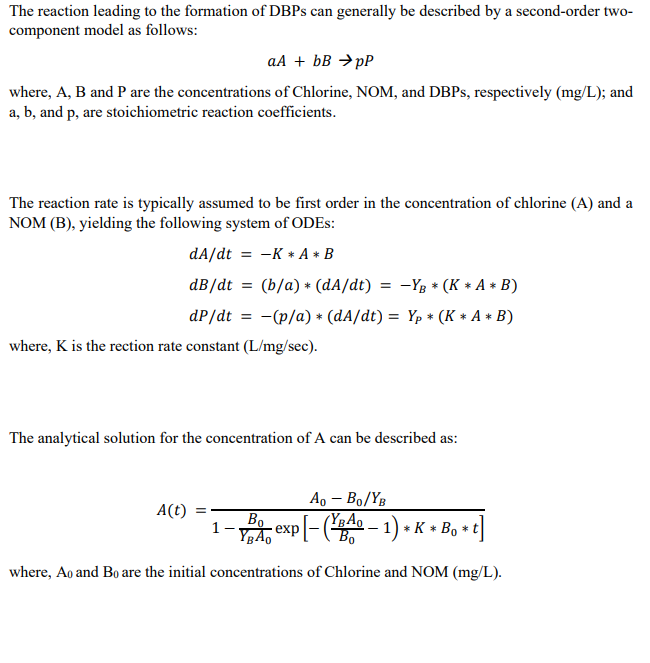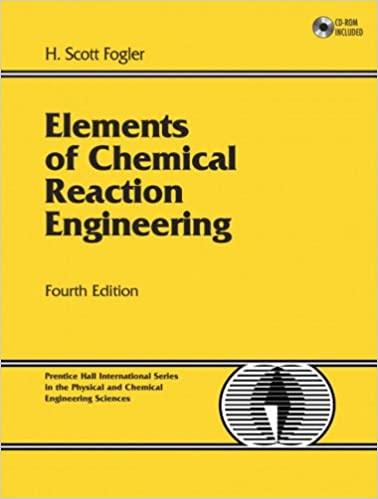Answered step by step
Verified Expert Solution
Question
1 Approved Answer
For the following parameter values: = 1, = 0.15, 0 = 1 mg/L, 0 = 3 mg/L, 0 = 0, = 5E 5, Numerically solve
 For the following parameter values: = 1, = 0.15, 0 = 1 mg/L, 0 = 3 mg/L, 0 = 0, = 5E 5, Numerically solve the above mentioned system of ODEs from = 0 to = 12 using MATLAB's ODE89 function.
For the following parameter values: = 1, = 0.15, 0 = 1 mg/L, 0 = 3 mg/L, 0 = 0, = 5E 5, Numerically solve the above mentioned system of ODEs from = 0 to = 12 using MATLAB's ODE89 function.
Step by Step Solution
There are 3 Steps involved in it
Step: 1

Get Instant Access to Expert-Tailored Solutions
See step-by-step solutions with expert insights and AI powered tools for academic success
Step: 2

Step: 3

Ace Your Homework with AI
Get the answers you need in no time with our AI-driven, step-by-step assistance
Get Started


